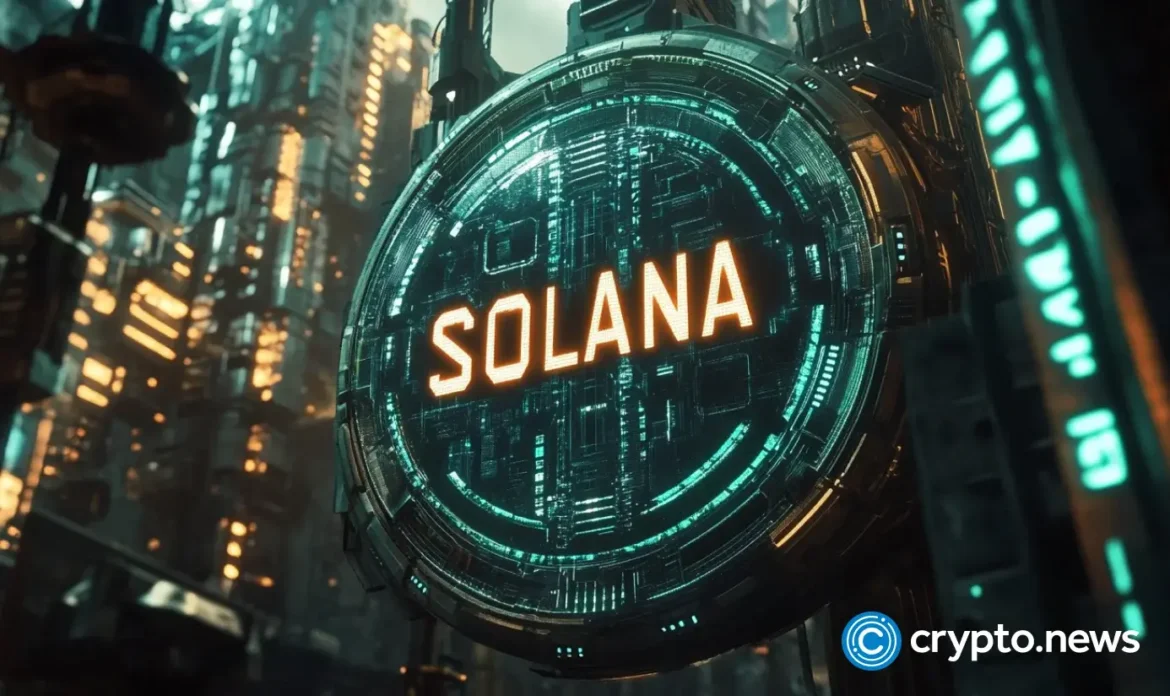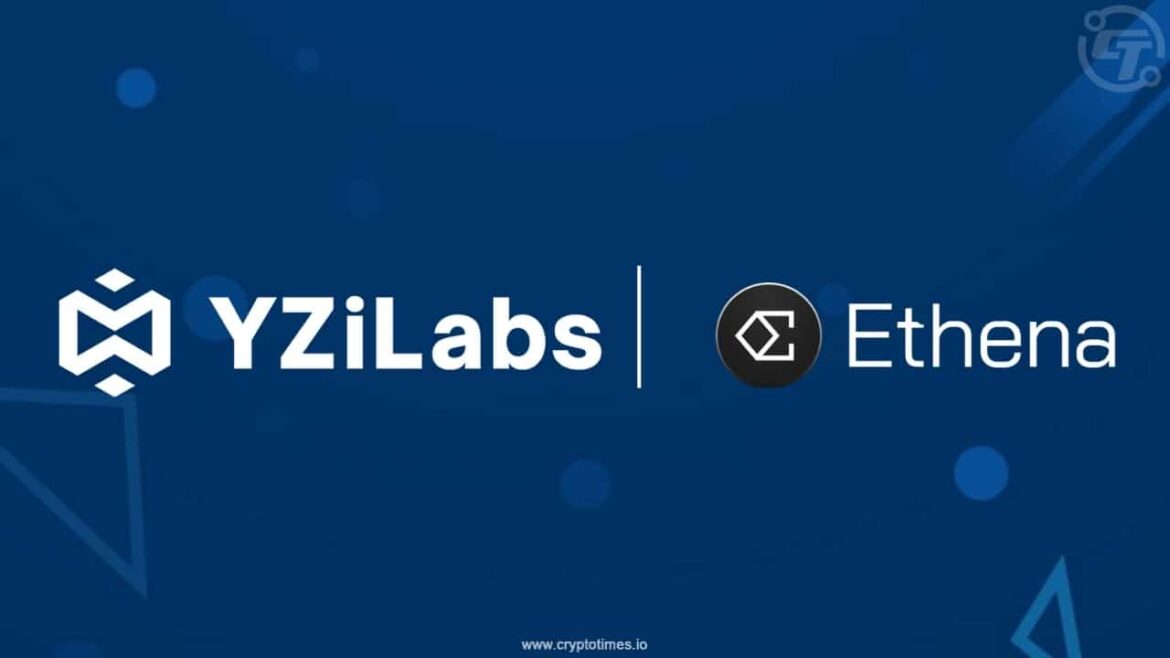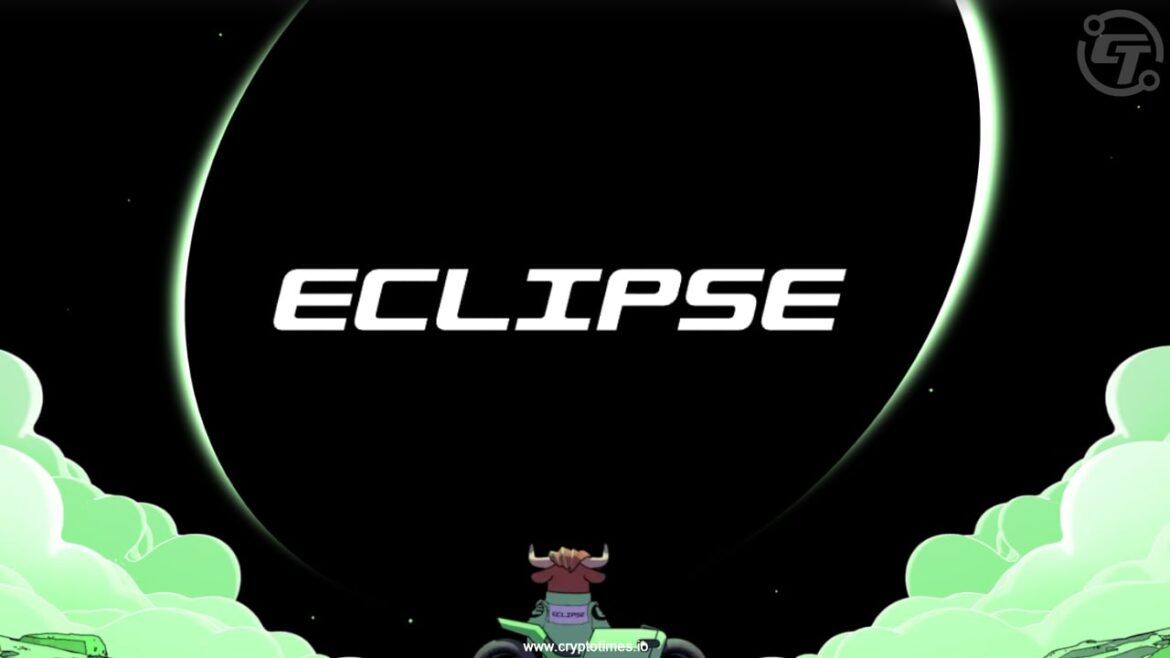Tokenization is not new, says Morgan Krupetsky of Ava Labs, but this time, it’s here to stay.
Summary
- Tokenization isn’t new, says Morgan Krupetsky of Ava Labs, and Avalanche was a first adopter
- Stablecoins are the real, proven use case for tokenization, with over $280 billion market cap
- The future is in DeFi integration into the background of almost all digital
Tokenization has emerged as one of the most influential narratives in crypto, with promises of greater efficiency, liquidity, and accessibility. Still, while major institutions are increasingly jumping into the field, the reality remains mixed.
Crypto.news spoke with Krupetsky of Ava Labs, who discussed Avalanche’s early role in tokenization and how to separate hype from reality.
Crypto.news: In your piece on “Tokenization 101,” you wrote that tokenization is still mostly hype. Which parts do you think are hype, and which are not?
Morgan Krupetsky: Tokenization isn’t new: people have been experimenting with it since 2017. We’ve seen all sorts of headlines about tokenizing everything from uranium to the Burj Khalifa. There’s been no shortage of announcements, but a lot of them are announcements of announcements—not live products.
That’s why I like to look at metrics, such as the dashboard on RWA.xyz, to see what’s actually deployed and reflected on-chain versus what’s just marketing.
The clearest success story so far is stablecoins, which are the quintessential tokenized asset with over $280 billion in market cap. Stablecoins have, in turn, spurred interest in tokenized money market funds. That segment is still small, but it’s growing.
We’re also seeing stablecoin and synthetic dollar issuers expand into private credit. There are ongoing efforts to tokenize equities, and people are experimenting with tokenizing collectibles, commodities, and more. But again, the key is separating what’s real and in production from what’s just hype.
Aside from stablecoins, which segments of tokenization look the most promising to you? Where do you see the biggest opportunities, whether for regulatory or technical reasons?
MK: I’m very excited about the private credit space. A big reason is that these products are yield-bearing. If you can automate things like interest payments and waterfall distributions using stablecoins, the benefits of tokenization become very tangible.
Take private equity, for example. It doesn’t generate disbursements in the same way, and NAV doesn’t change as frequently. The on-chain benefits are there, but not nearly as obvious. In contrast, with credit products, you immediately see how programmability adds value.
Specifically in asset-backed finance (ABF), we’re using stablecoins and programmatic facilities to streamline and upgrade the process. After the global financial crisis, banks pulled back from certain lending activities. Fintech originators stepped in, and private credit firms followed — but today the ABF space is dominated by the largest alternative asset managers. They can underwrite well, and they have huge middle and back-office teams to process loans.
By using programmable facilities and stablecoins, we can make those processes more efficient. That opens the door for smaller funds, emerging managers, and family offices to participate in ABF lending, a segment set to grow significantly in the coming years.
Right now, we’re running a few pilots with fintech originators, with the goal of scaling. For us, it’s about upgrading the ABF industry not just with “better tech,” but with better, programmable money.
And just to add: this isn’t about simply tokenizing loans for secondary market trading. A lot of initiatives are trying to create liquidity that way, but before that, the real impact comes from using the underlying tech stack to improve how the process works today.
When it comes to automating lending decisions, some companies have tried before, like Carvana in used cars or Zillow in housing, often with mixed results.
MK: I do not think the goal is to replace human decision-making. It is more about equipping institutions and individuals with better tools.
That is how a lot of AI is being used today: not to replace expertise, but to help people make more informed decisions. Blockchain allows data to be standardized and verified more quickly. That means decisions can be made faster and with fresher information, rather than working off an Excel spreadsheet that is 30 days out of date.
In this context, the technology acts as an enabler, not a replacement for underwriting capabilities. Human judgment still matters.
The same misconception comes up with tokenization. Just because you tokenize an asset does not mean people will automatically want to buy it, or that liquidity will appear. Tokenization does not create secondary markets on its own. What it does is provide the tooling that makes those markets possible if there is real demand.
You mentioned the financial crisis and lessons from subprime mortgages. Some industry voices have warned that tokenization can also carry risks, especially when funds are not transparent about what they are packaging. Do tokenized asset issuers actually use blockchain’s potential for transparency and compliance?
MK: Just as tokenization does not guarantee liquidity or secondary market demand, it also does not guarantee compliance. The technology is a tool. It can reflect laws, rules, and regulations, and it can help manage compliance more proactively. But it does not create the rules or set the governance framework. That still has to come from regulators and financial institutions.
In the work we are doing with private credit, for example, blockchain is being used to create better risk-adjusted returns for us and for our capital partners. Certain things are more transparent and can be programmed, which allows fintech originators to manage compliance and risk more effectively. From an investor’s perspective, that visibility makes them more comfortable deploying capital.
Ultimately, it is up to each issuer to ensure that their tokens or funds are launched in a compliant way, depending on the underlying asset and jurisdiction. There is a wide spectrum of approaches across different markets. The technology helps, but it does not replace the responsibility of humans to ensure compliance.
What is your view of the current regulatory environment in the U.S. when it comes to tokenized assets?
MK: In general, I think the regulatory environment has shifted a lot since the election. The change has provided strong tailwinds for the industry across the board. Institutions, banks, and asset managers are now much more open to exploring public blockchain infrastructure. You can feel the difference in conversations.
When it comes to comparing tokenized assets with their off-chain equivalents, the full benefits really come when more of the asset life cycle is issued and managed directly on-chain. Tokenizing something that was issued off-chain and then trying to administer it in two different systems creates friction. Over time, I think we will see more issuance happen natively on chain, but we are still in a transition period.
The long-term vision is to have stablecoins accepted in day-to-day use, tokenized assets issued from the start, and administration handled entirely on-chain. That is when the benefits of composability and programmability really show through. For example, idle assets could earn interest while being held in escrow. But we are not there yet.
I also sympathize with large incumbents like banks. Some of them have been operating for hundreds of years. Overhauling systems is expensive and disruptive, so they need a clear business case or threat to their revenue before making big moves. In the meantime, neobanks and fintechs have more flexibility and are often quicker to experiment.
Established firms like Nasdaq filed for tokenized equities. Mastercard file for stablecoins. Do you think DeFi can compete with traditional players in these markets? What advantages does decentralization bring?
MK: I think there will always be a place for public, permissionless DeFi as it exists today. But what is really happening is a convergence of DeFi, CeFi, and tokenization. When I started at Ava Labs three years ago, these were seen as separate worlds. Now they are coming together, and I expect that to continue.
Institutions are not likely to jump directly into DeFi platforms, but DeFi primitives can absolutely power the back end of fintechs, neobanks, and even traditional platforms. We are already seeing that with exchanges launching earn programs that rely on DeFi integrations behind the scenes.
From a tokenization perspective, the best path to adoption is through integration with the platforms people already use. That could be Nasdaq, a wealth tech platform like Robinhood, or private bank wealth management systems. For end users, the blockchain layer should be invisible. They do not need to know or care which chain is being used. What matters is that they get new or better financial products.
For example, imagine being able to spend directly from a tokenized money market fund using a debit card. That is the type of experience that will drive mass adoption, and in the back end, it can be powered by Web3 infrastructure, including DeFi.
Can you provide an overview of what Ava Labs has been doing in this space?
MK: Our mission from the beginning has been to digitize and tokenize the world’s assets. Many of us at Ava Labs were already working on tokenization before it was called “RWAs”. We have always believed this would be a core use case for blockchain.
One of our early milestones was working with Securitize and KKR to tokenize a portion of their healthcare growth fund in 2021. That was before tokenization was a mainstream narrative, but it showed the potential of bringing high-quality assets on-chain.
Since then, we have focused on two things. First, cultivating a high-quality supply of tokenized assets from top-tier managers such as Apollo, BlackRock, Wellington, and others. Second, building out distribution and demand by working with platforms that are built on Avalanche. We are doing a lot of outreach to potential distribution partners so that tokenized assets can reach investors through the channels they already use.
The reality is that most liquidity is still off-chain. The path to adoption is connecting that liquidity with tokenized assets through traditional distribution systems. That is what will drive the step change in adoption.
What about the Avalanche treasury initiative?
MK: I see it as another vehicle for a broader set of investors to access the Avalanche ecosystem. Not everyone is comfortable holding tokens directly, setting up a Web3 wallet, or going through that user experience. To be honest, the industry still has work to do on usability.
Products like this are similar to ETFs or ETPs in that they provide a more familiar structure for investors. That can include both institutions and individuals who want exposure but prefer a traditional wrapper. It ultimately opens access to Avalanche for people who might not otherwise get involved.
What work still remains to realize that vision?
MK: From the start, we have been focused on institutions and on-chain finance, and that remains our priority. We are doubling down on areas like DeFi, payments, treasury tokenization, and wholesale finance. I am proud of the progress we have made, but there is still a lot of work ahead.
The truth is that we do not have mass adoption yet. Institutional liquidity is not flowing into on-chain assets at scale. A lot of the puzzle pieces are in place now—custodians, on- and off-ramps, compliance frameworks, tokenization platforms—but we are not at the point where the industry can say, “We made it.”
I compare it to the early internet. Back then, people still talked about “internet companies.” Today, every company uses the internet, and you do not make that distinction. We will have reached the same milestone when blockchain is used as a core piece of infrastructure across enterprises, governments, and financial institutions. At that point, there will be no such thing as a “blockchain company”. It will just be part of how the world operates.









